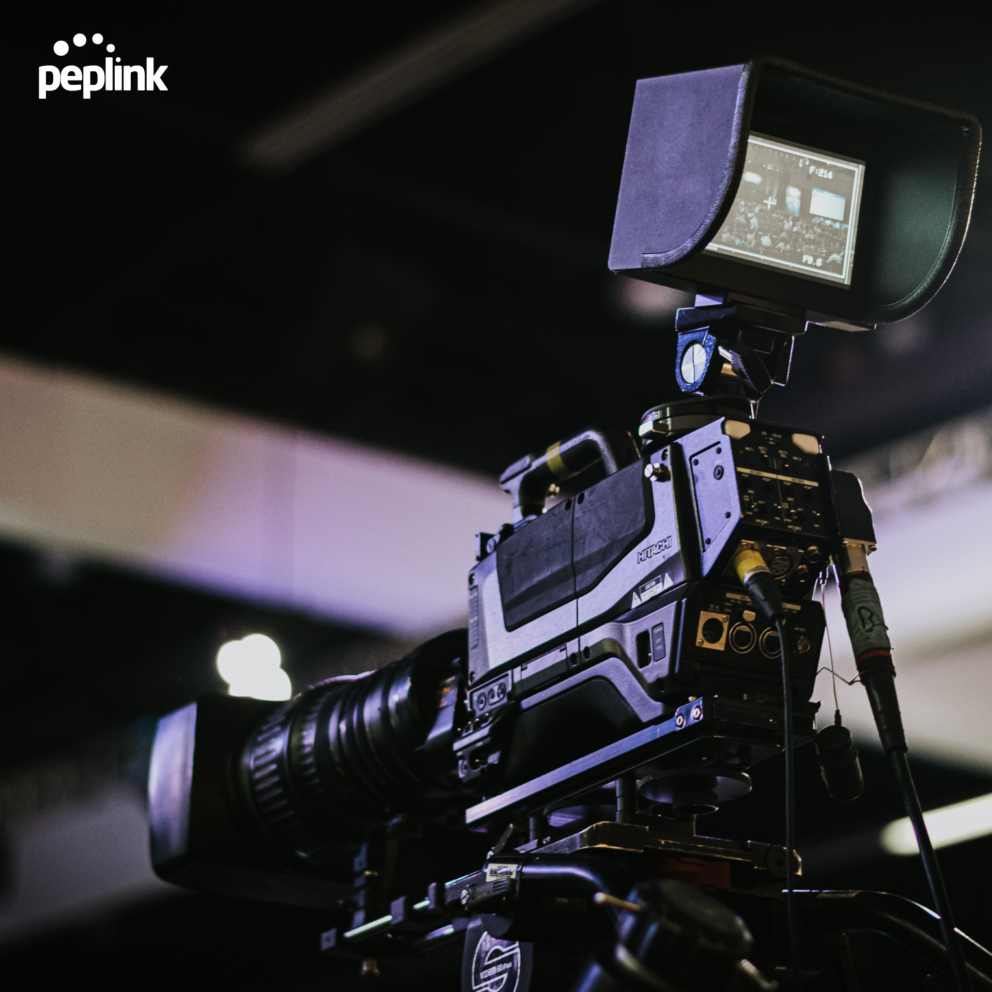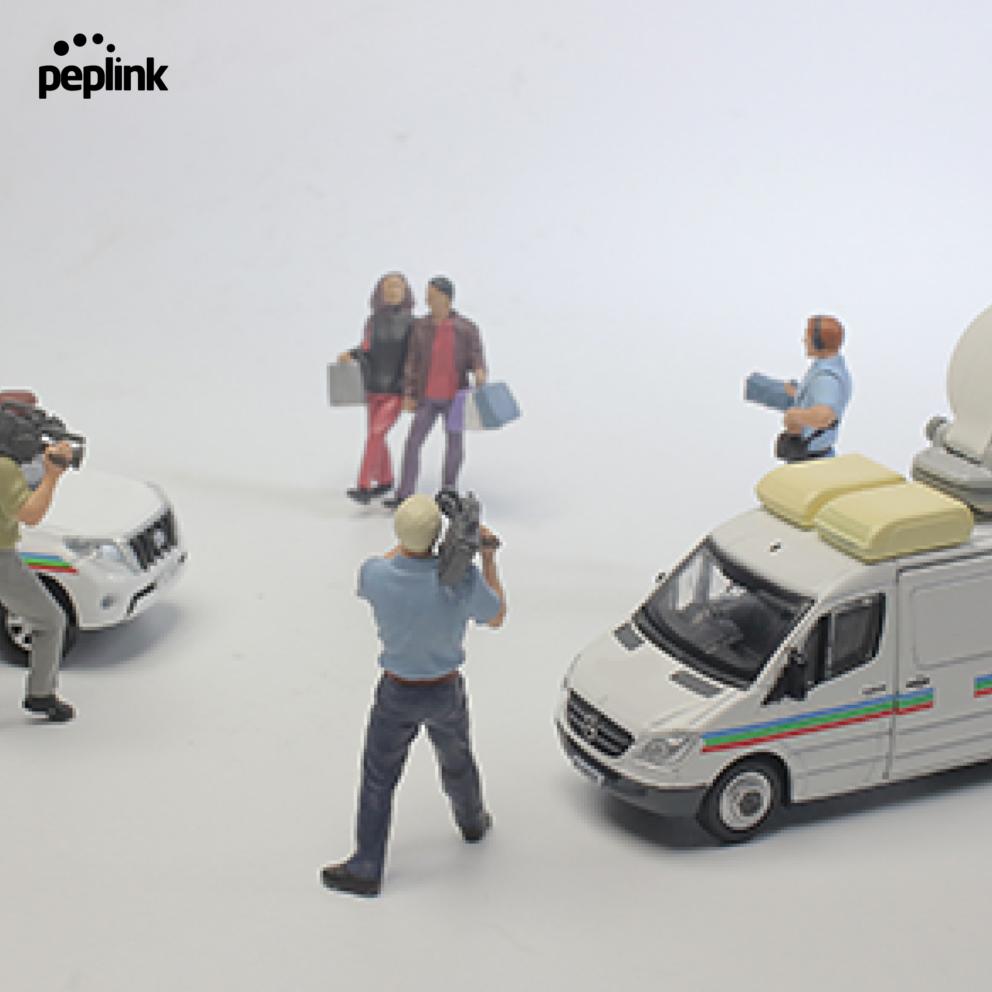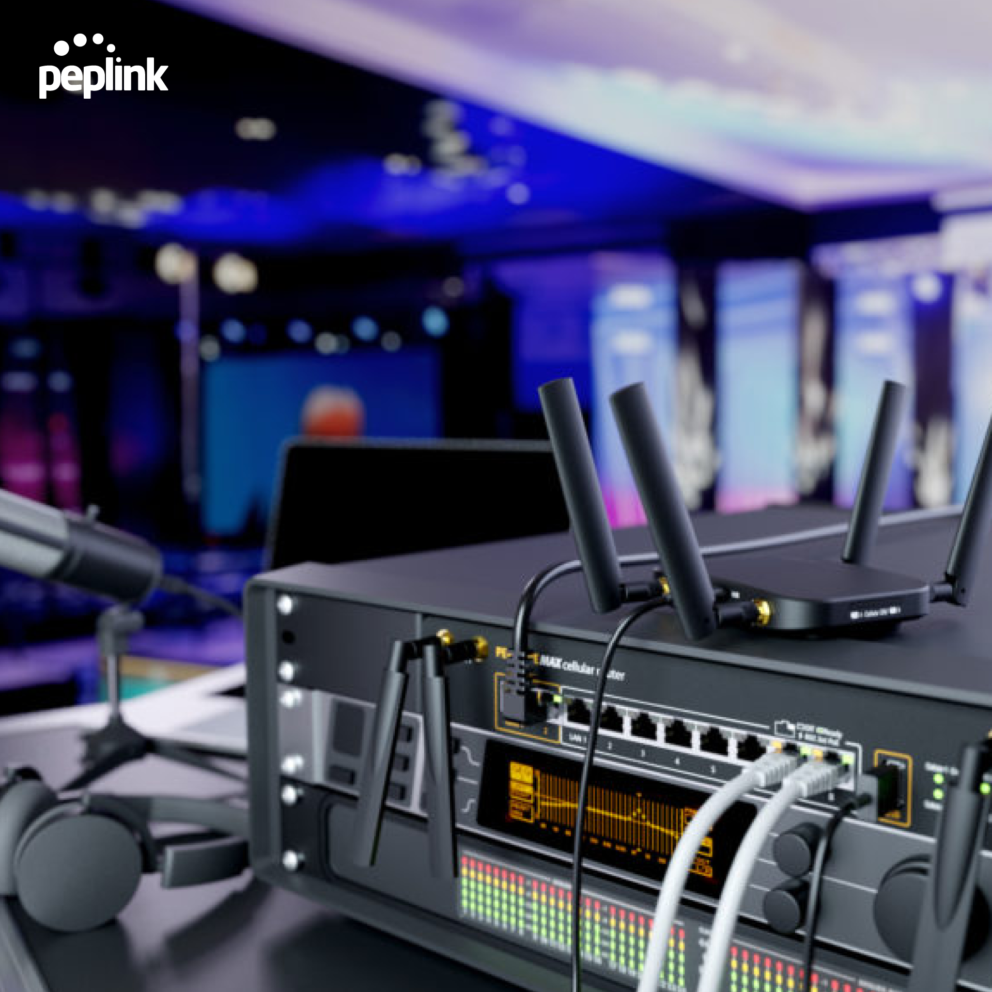Live streaming has become a new way to experience music, sports, and events since the outbreak of COVID-19. The pandemic has undoubtedly put more pressure on many different industries, among which entertainment took one of the hardest hits. The industry has been forced to close its doors to both visitors and fans. Live streaming seems to be a shining light for everyone, allowing the last bit of normalcy to be experienced.
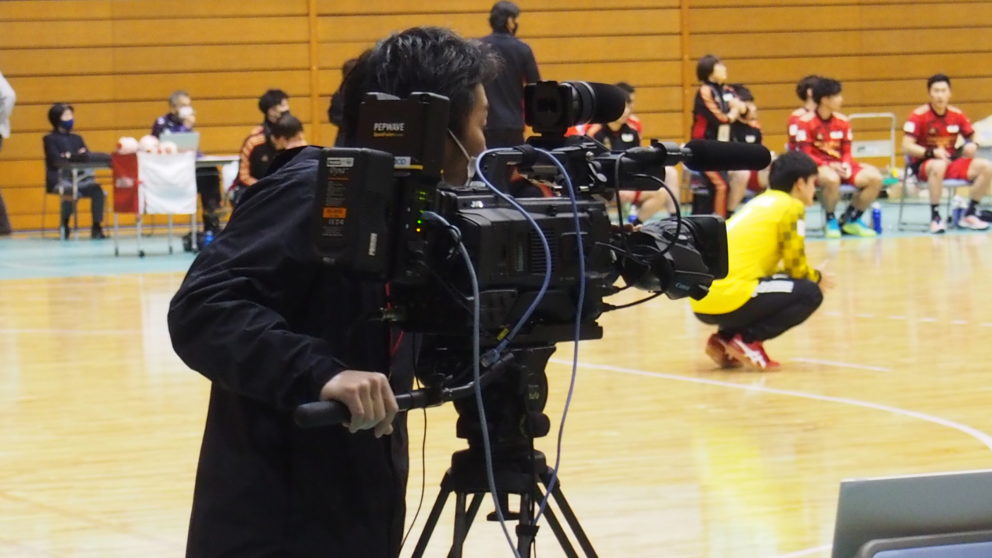
The biggest hurdle
Live streaming has been an emerging trend with platforms like YouTube already offering solutions prior to the pandemic. However, it is clear to many with experience in live streaming that there are many difficulties. The most difficult aspect of hosting a live stream is controlling and maintaining unbreakable seamless connectivity throughout the stream. Another difficulty is ensuring that the audio-visual equipment can record every single prime angle, anytime, anywhere. With all these resolved, viewers will have a better experience. Just like being there in person whilst watching from the comfort of their own homes.
Our partner, JVC Kenwood Co. Ltd and Saga Prefecture, came up with a broadcast solution for such scenarios. JVC live-streamed a game from the Japan Handball League’s men’s division with its multi-angle video capture cameras. What’s more, they used Peplink’s business routers and cutting-edge internet bonding technology. The wireless deployment and internet bonding technology enabled them to configure a system. As a result, they could synchronize and simultaneously deliver multiple video-captured shots of the live event.
One of the most important parts of this portable live streaming setup in the broadcast solution is the SpeedFusion Engine Cams (SFE Cam), which has VPN access to the headquarters. Attached to the IP camera, SFE Cam could also turn the IP camera into a portable hotspot. Its equipped Wi-Fi radio can be used as another WAN for Bandwidth Bonding, Peplink’s innovative internet bonding technology. It can also work as a hotspot for connecting to another IP camera. The SFE Cam streamed video to the data center via the bonded cellular network with a combined bandwidth of two LTE connections. A business router, Balance, received the video at the data center. The business router then immediately forwarded the video to the media server for decoding and post-processing.
While transferring, this live streaming setup allowed the utilization of Peplink’s technology WAN Smoothing and Forward Error Correction (FEC). These ensured smooth and consistent video streaming throughout the event by mitigating the effect of packet loss. In addition, each cellular connection supported a redundant SIM card. This provided a choice between four carriers to ensure seamless connectivity and zero downtime. Such a unique portable live streaming setup and configuration gave viewers seamless flexibility. Viewers could choose the angle or screen they wished to view the game.
Just seamless live streaming
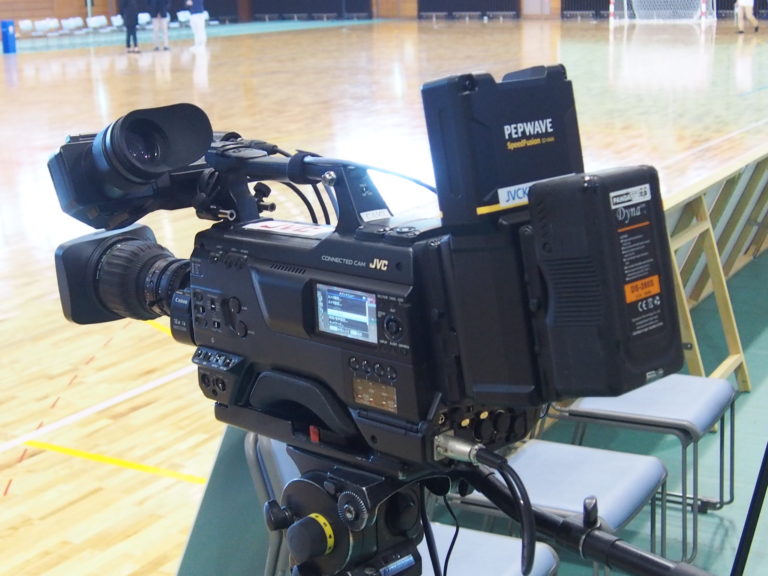
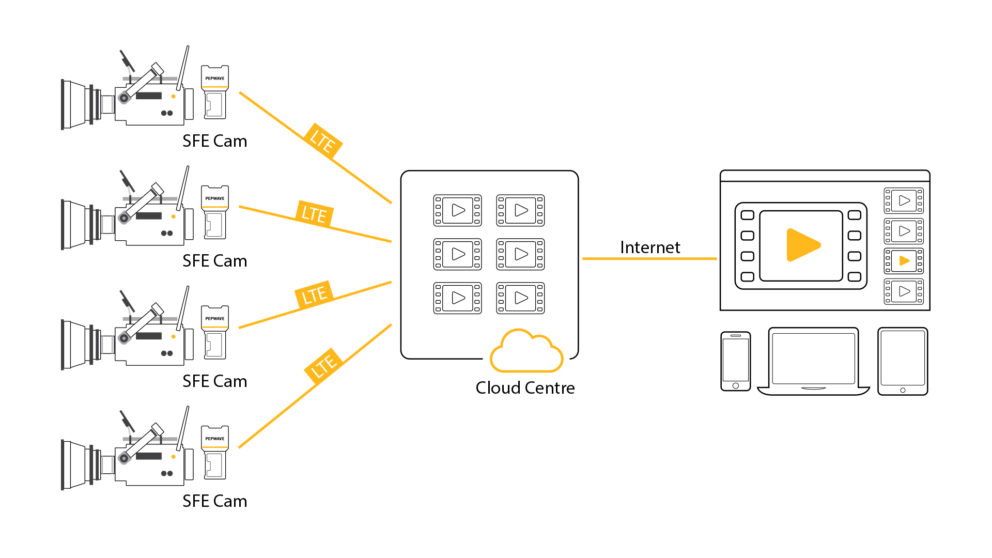
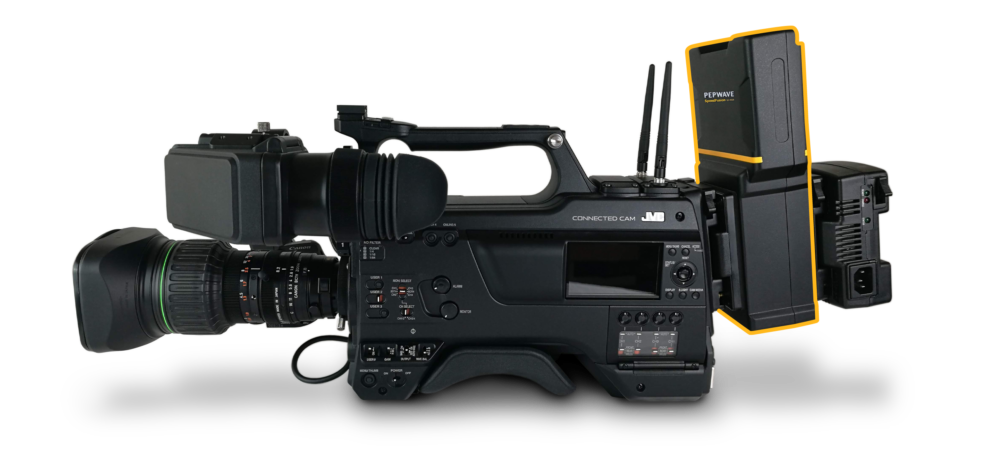
Will it be the way forward?
Moving forward, JVC Kenwood Co. Ltd and Saga Prefecture will continue to solve similar issues by creating new styles for watching and viewing sports. This is all in an effort to solve sports performance issues as more and more organizations adopt streaming methods.
Deployment
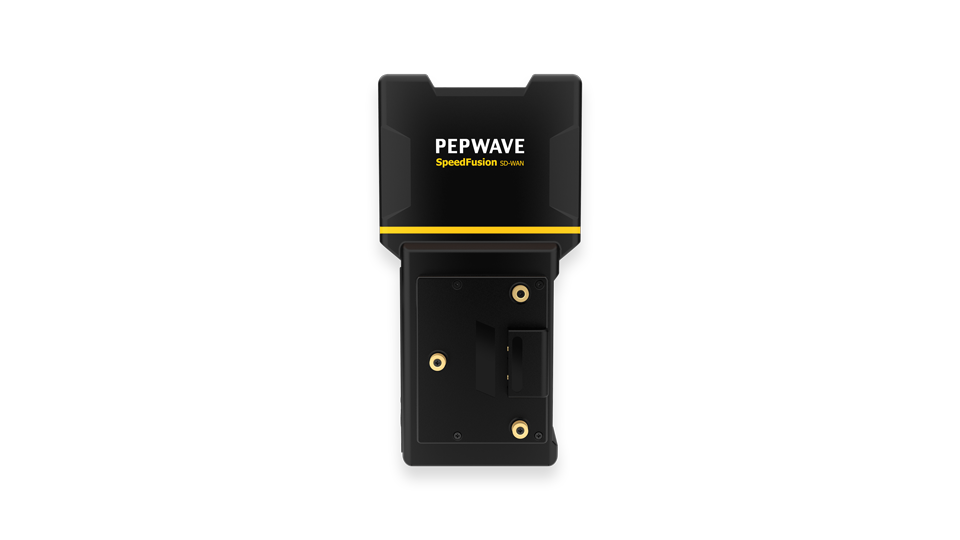
- Integrated dual-cellular bonding solution for professional video production cameras.
- WAN Smoothing and FEC mitigate the effects of packet loss, ensuring smooth and consistent video streaming.
- Connects directly to your IP camera using the Gold Mount or V-Mount.
- Turns your IP camera into a portable hotspot with VPN access to headquarters.
